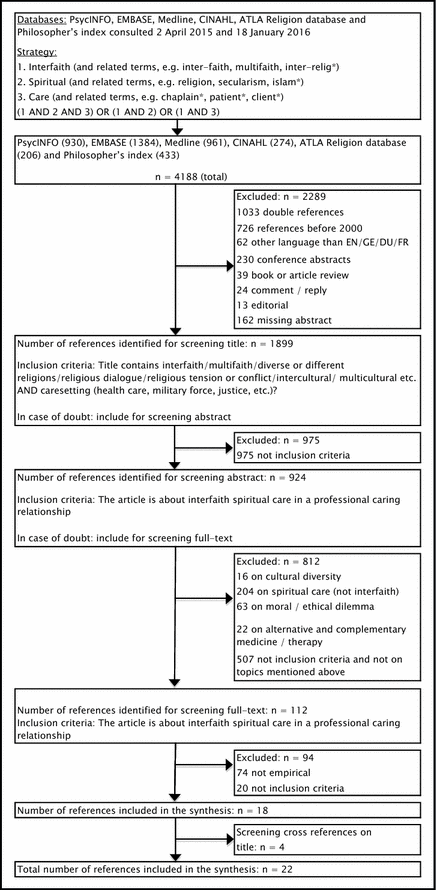Multifaith Views in Spiritual Care Paperback – January 1, 2013
by Daniel S. Schipani (Author)
The project leading to this book builds on the fruits of ongoing work in interfaith spiritual care. It was designed with a twofold purpose: to foster appreciation for the uniqueness and special gifts of seven faith traditions, together with a deeper understanding of commonalities and differences among them; and to encourage collaboration among spiritual care practitioners and scholars. This book is intended for chaplains, pastors and other religious caregivers, Clinical Pastoral Education students and supervisors, counselors and psychotherapists, and others interested in the expanding field of spiritual care in our multifaith world.
In a world of interfaith violence and interfaith healing, how do we get our arms around spiritual care? How do Aboriginal people understand and go about spiritual care? Anything like the Muslims or Hindus? Like the Humanists and the Christians and Buddhists and Jews? In answering this question, Daniel Schipani has captured insights from seven traditions by going back to the sources, practices, and competencies of each while holding up the professional excellence that is unique to all. This book is a gift to the exploding world of interfaith thought and practice.
—Bishop William E. Swing, founder and president of the United Religions Initiative, and coauthor of Building Wisdom’s House
Beneficial to any spiritual caregiver concerned with religious diversity, this new handbook by Daniel Schipani and his international team of colleagues artfully combines theory with methodology. Spiritual care teachings and practices of seven traditions are introduced by blending instructional narrative with engaging anecdote and case studies. The emphasis on core spiritual care competencies from these seven points of view and its attention to multifaith spiritual care pedagogies distinguishes this book from other chaplaincy texts.
—Lucinda A. Mosher, Faculty Associate in Interfaith Studies, Hartford Seminary, and author of the book series Faith in the Neighborhood, and Toward our Mutual Flourishing
A much-needed resource in the contemporary practice of pastoral care, counseling, and health care chaplaincy globally, Multifaith Views in Spiritual Care demonstrates how an intercultural postmodern paradigm works in the realms of faith. Carefully crafted chapters which engage faith perspectives, spiritual care theory, and clinical practice from within Aboriginal, Hindu, Buddhist, Jewish, Christian, Islamic, and Humanist perspectives, provide significant information and orientation for competent and reflective practice of interfaith spiritual care. A must-read for all caregivers who realize how important people’s own faiths are to their well-being, health, and healing.
—Emmanuel Y. Lartey, Professor of Pastoral Theology, Care and Counseling, Candler School of Theology, and author of In Living Color: An Intercultural Approach to Pastoral Care and Counseling
In a world of interfaith violence and interfaith healing, how do we get our arms around spiritual care? How do Aboriginal people understand and go about spiritual care? Anything like the Muslims or Hindus? Like the Humanists and the Christians and Buddhists and Jews? In answering this question, Daniel Schipani has captured insights from seven traditions by going back to the sources, practices, and competencies of each while holding up the professional excellence that is unique to all. This book is a gift to the exploding world of interfaith thought and practice.
—Bishop William E. Swing, founder and president of the United Religions Initiative, and coauthor of Building Wisdom’s House
Beneficial to any spiritual caregiver concerned with religious diversity, this new handbook by Daniel Schipani and his international team of colleagues artfully combines theory with methodology. Spiritual care teachings and practices of seven traditions are introduced by blending instructional narrative with engaging anecdote and case studies. The emphasis on core spiritual care competencies from these seven points of view and its attention to multifaith spiritual care pedagogies distinguishes this book from other chaplaincy texts.
—Lucinda A. Mosher, Faculty Associate in Interfaith Studies, Hartford Seminary, and author of the book series Faith in the Neighborhood, and Toward our Mutual Flourishing
A much-needed resource in the contemporary practice of pastoral care, counseling, and health care chaplaincy globally, Multifaith Views in Spiritual Care demonstrates how an intercultural postmodern paradigm works in the realms of faith. Carefully crafted chapters which engage faith perspectives, spiritual care theory, and clinical practice from within Aboriginal, Hindu, Buddhist, Jewish, Christian, Islamic, and Humanist perspectives, provide significant information and orientation for competent and reflective practice of interfaith spiritual care. A must-read for all caregivers who realize how important people’s own faiths are to their well-being, health, and healing.
—Emmanuel Y. Lartey, Professor of Pastoral Theology, Care and Counseling, Candler School of Theology, and author of In Living Color: An Intercultural Approach to Pastoral Care and Counseling
One of the strengths of Multifaith Views is demonstrating to the reader how the overlapping core competencies for spiritual care givers are refracted through the lens of particular faith traditions. In his epilogue, Schipani appears to draw on all of the preceding chapters, as well as his own research and theories, to present a comprehensive list of core competencies in the domains of doing, knowing and being. These pages alone could serve as a worthy manifesto for every interfaith spiritual care provider.
— Lori Klein, Stanford Hospital and Clinics, Palo Alto, CA
Daniel S. Schipani is Professor Emeritus of Pastoral Care and Counseling at the Anabaptist Mennonite Biblical Seminary.

